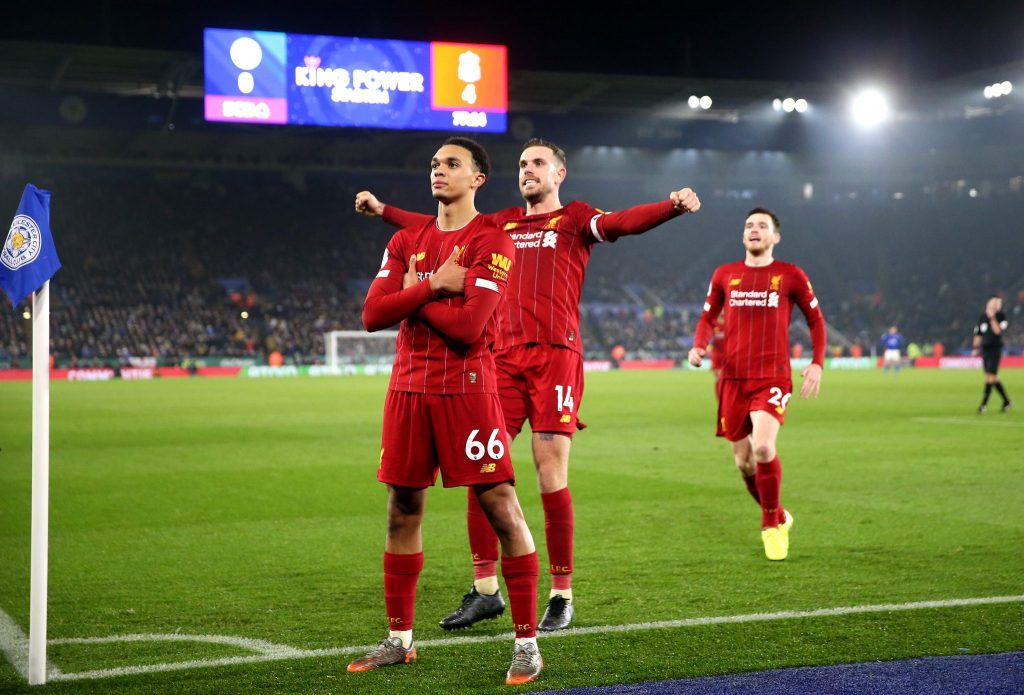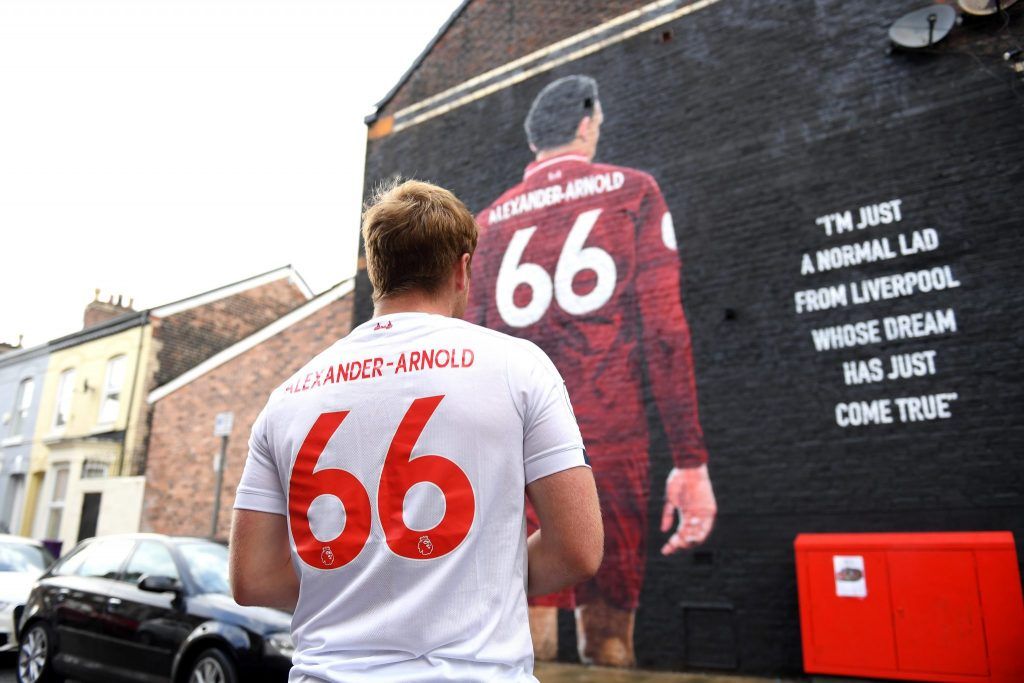Liverpool’s golden boy is changing what it means to be a full-back
Speaking on the role of the full-back, Jamie Carragher said in 2013, “nobody wants to grow up to be a Gary Neville.” A jovial dig at his colleague but also a serious point about the development of the full-back, a position often filled by players either too slow or short to be a centre-back, or not creative enough to be a winger. Speaking to BT Sport after Liverpool’s 2-0 victory over Sheffield United on Thursday night, Liverpool’s Trent Alexander-Arnold said “We’re trying to change that.” And he is – together with his partner in crime Andy Robertson, the duo are reshaping our perception of the full-back, one perfectly weighted cross at a time.
"The famous saying is nobody wants to grow up to be a full-back or a Gary Neville…"
"We want to change that."
Absolutely brilliant from Trent Alexander-Arnold on his friendly competition with Andy Robertson and being the best version of himself 👊#PLTonight pic.twitter.com/xDvMPXirD4
— Football on TNT Sports (@footballontnt) January 2, 2020
Trent currently sits in second place for assists in the Premier League this season with eight, four fewer than Kevin de Bruyne. The only other full-back in the top 10 is Robertson, with six. Over the past couple of seasons, the Liverpool duo have grown into two of the most prolific creators in the league, with Jurgen Klopp’s system designed to get the best out of their athleticism and crossing ability.
The full-back position has evolved hugely over the past 20 years. From your solid, dependable, defend first players – or at Sunday league level, the least talented/only left-footed player in the squad – to more attack-minded, overlapping runners who pose an attacking threat. Alexander-Arnold is taking it a step further, dominating games from right-back as Liverpool’s primary creative outlet.
While Sadio Mane and Mo Salah tuck in from the wings to play as wide strikers and Roberto Firmino drops slightly deeper to link midfield to attack, the onus to put the ball in the right place is on the full-backs, with the two number 8s providing defensive cover. They are defenders in name only, but playmakers in nature.
It’s not a particularly ground-breaking tactic, but it is unusual. Most teams place creative responsibility on the shoulders of their most advanced midfielder and wingers, but with such a talent at right-back, why shackle him with defensive responsibility?
The argument has been made that he should be moved into midfield for this exact reason, but is that really necessary? It’s not that he can’t do it; midfield is where he spent most of his teenage years before reinventing himself as a right-back after he and Pep Lijnders, now assistant manager, identified the position as his best chance of breaking into the first team. But moving him infield may actually afford him fewer crossing opportunities and upset the balance of the team. If it ain’t broke, don’t fix it.
Attacking full-backs are not new, but Alexander-Arnold is redefining a previously unfashionable position and is setting standards that have not been seen since the days of Dani Alves in his pomp, through the medium of consistently pinpoint cross-field passes and relentlessly accurate crosses.
Kids might not want to grow up to be Gary Neville, but they will definitely want to grow up to be like Trent.






































